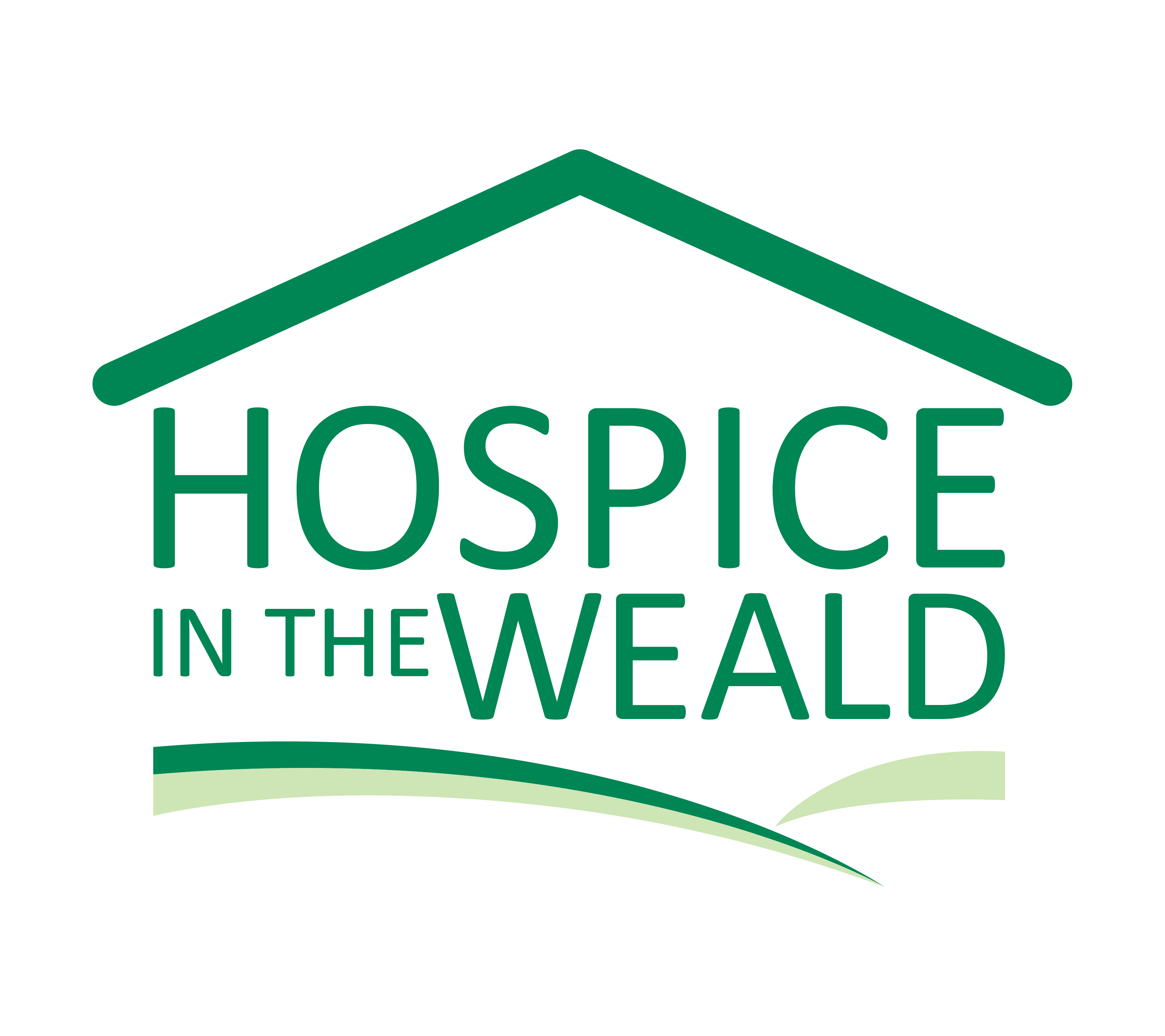Discover the care and support we offer
We provide Hospice care & support to patients and their loved ones living in Kent and East Sussex. Learn more about how we can help you.
If you or someone you love may benefit from Hospice care, you can find out more using the information below. For support or advice at any time of the day or night, please visit our Help Hub.

We provide Hospice care & support to patients and their loved ones living in Kent and East Sussex. Learn more about how we can help you.

Complete one of these short forms and we will contact you. There is no need to wait for a referral from your GP or healthcare professional.
We need to raise over £8 million every year to provide outstanding Hospice care to the local community. To get involved with our fundraising activities, design your own, or make a donation, use the information on this page.

Offering support including occupational therapy, physiotherapy and relaxation techniques, our specialist staff support patients to manage symptoms, improve mobility and make everyday tasks as comfortable as possible, so they can regain independence and get on with the things they enjoy.
Now patients are being offered the opportunity to try acupuncture as part of a new service being developed by Lizzie, one of the Hospice’s lead physiotherapists.
Used to help alleviate symptoms such as breathlessness, nausea, dry mouth, constipation and pain, as well as helping with stress and anxiety, acupuncture derives from ancient Chinese medicine. However, it is Western Medical Acupuncture, the use of acupuncture following medical diagnosis, that Lizzie is trained to deliver.
This involves very fine needles being inserted at specific sites of the body for therapeutic or preventative purposes.

Lizzie said she’d usually expect it to take up to six sessions of acupuncture to see symptoms really start to improve.
“Of course, acupuncture does not always work for everyone or every condition, and it’s important to say it’s something that we offer as part of a range of physiotherapy support,” said Lizzie. “For example, if someone is experiencing mobility issues due to breathlessness, I would offer them practical breathing techniques, encourage meditation, devise a gentle exercise programme for them and I can now offer acupuncture as well. It’s fantastic to have another tool in our range of therapies to make a difference to patients’ lives.”
Lizzie is currently primarily working with those on the In-Patient Ward but patients interested in acupuncture can ask their Hospice Nurse to find out if it might be a suitable therapy for them.
Lizzie explained: “Acupuncture involves stimulating sensory nerves under the skin and in the muscles. The body then produces natural substances, such as pain-relieving endorphins within the brain and spinal cord that may change the way pain is perceived by the brain. It really is brilliant. Patients and their loved ones have been very receptive and many are seeing the benefits. I use acupuncture to help with pain relief and symptoms such as nausea, fatigue, breathlessness, overactive bladder, hot flushes, anxiety and dry mouth.”
“One lady I treated, who was suffering from debilitating breathlessness, felt a profound, deep sense of peace and relaxation, describing a calming feeling spreading through her arms and stomach during treatment.”
“I also had a patient who was a little sceptical, but wanted to give it a go, as she’d been struggling with her symptoms for months, and none of the usual remedies had been successful. She contacted me the day after she had acupuncture and said, ‘It worked and I feel amazing!’”


